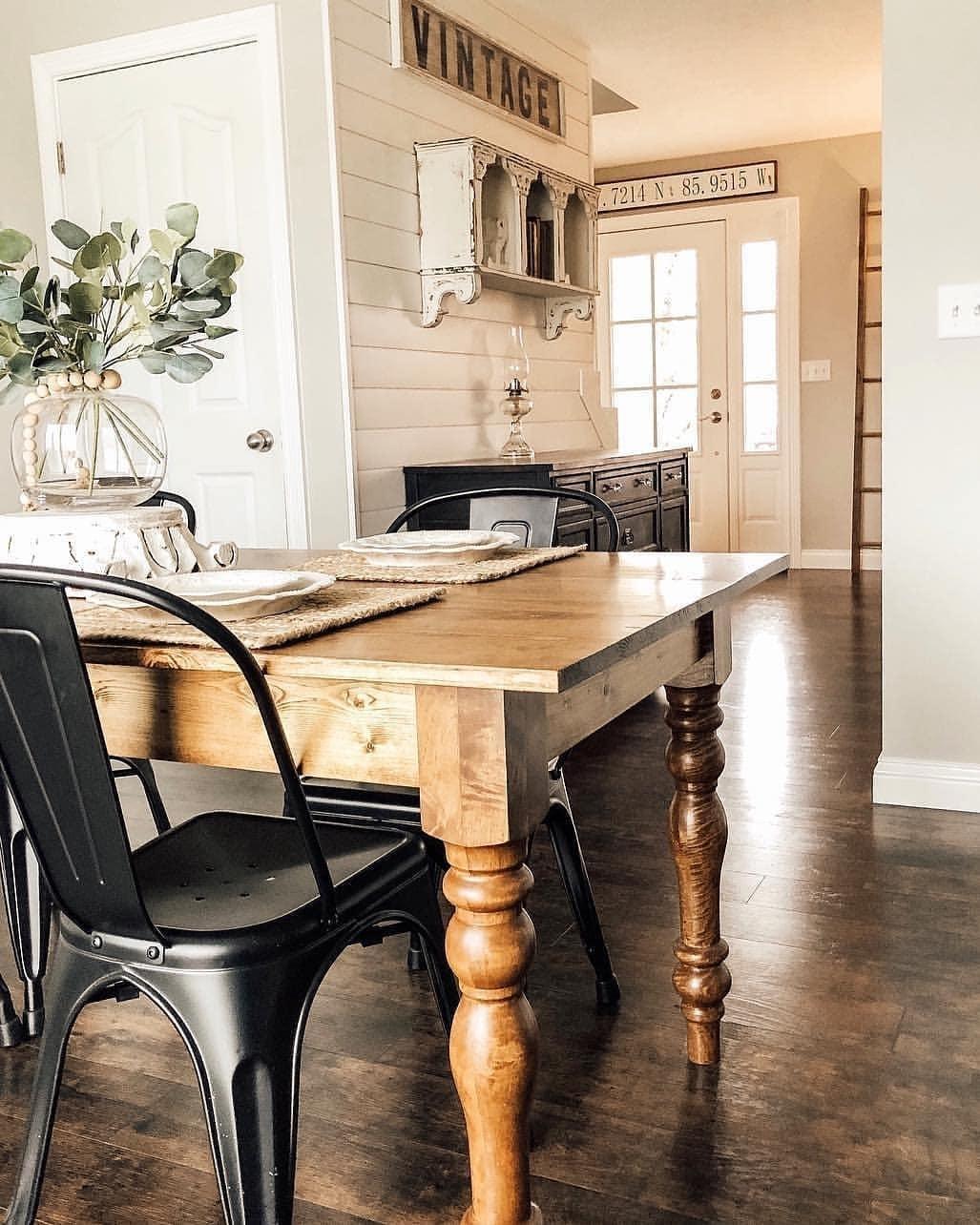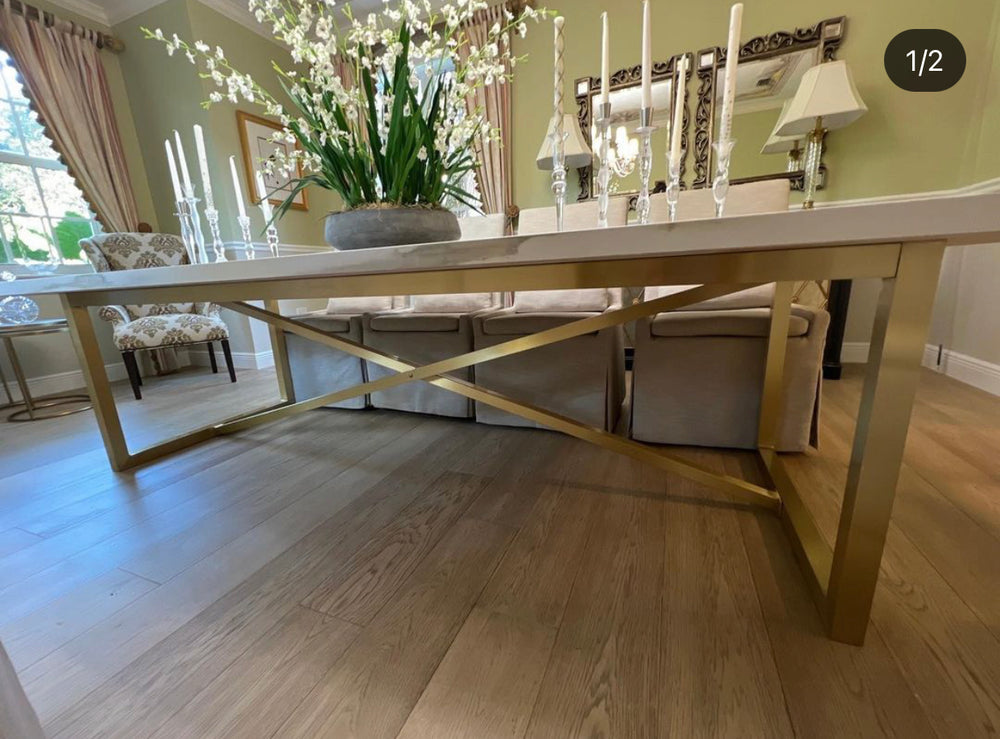How to Maintain and Care for Your Dining Room Table Legs
How to Maintain and Care for Your Dining Room Table Legs
Blog Article
How to Select the Perfect Eating Area Table Legs for Your Home Decoration
Picking the ideal dining space table legs is a nuanced process that needs cautious factor to consider of various elements, including your area restraints, visual choices, and practical requirements. The interaction in between styles, dimensions, and materials can dramatically affect the setting of your eating location, making it important to approach this decision methodically. As you consider the myriad choices offered, it ends up being clear that the ideal option expands past plain look; it can improve your general dining experience. What elements should you prioritize to ensure your selection complements your home's unique character?
Assess Your Eating Area
Analyzing your dining space is crucial for picking the right table legs that match both appearances and performance. Begin by measuring the measurements of your dining area, including ceiling elevation, floor room, and distance to various other furniture. This information will certainly help establish the suitable dimension and height of your table, which directly affects the option of table legs.
Next, take into consideration the style and design of your eating space. As an example, an open-concept layout may take advantage of table legs that supply visual agility, such as slim steel or acrylic choices. Alternatively, a more conventional setup could call for durable wood legs that give a sense of permanence.
Evaluate the existing color palette and products in your eating location. Integrating the table legs with these aspects creates a natural look that boosts the total style.
Inevitably, a thorough analysis of your eating area will direct you in making a notified decision, ensuring that your table legs not just boost the aesthetic appeal but also offer functional functions.
Consider Your Style Preferences
When choosing eating space table legs, it is vital to assess your personal design choices, as they substantially influence the overall visual of your dining space. Your selection of table legs can either enhance or contrast with existing décor, making it crucial to straighten them with your favored interior style style.
If your home leans in the direction of a contemporary aesthetic, take into consideration smooth metal or minimal wooden legs that provide a tidy, uncluttered appearance. For a much more traditional technique, elaborate wood legs with complex carvings can include a touch of elegance and class. Industrial styles gain from robust, raw products such as reclaimed timber and metal mixes, reflecting a tough charm.
Furthermore, farmhouse and rustic styles commonly favor strong, beefy legs that evoke a feeling of warmth and comfort. Alternatively, if your decoration is diverse, you might select unconventional forms or a mix of products to create aesthetic passion.

Evaluate Product Options
The selection of material for dining area table legs plays a critical duty in both resilience and aesthetic charm. Usual products consist of wood, metal, and composite alternatives, each offering distinctive characteristics that can influence the general look and long life of your table.
Wood is a classic choice, understood for its warmth and adaptability. Woods like oak and walnut give exceptional strength and can be finished in various stains to match any design. Nevertheless, softwoods like yearn are much more susceptible to dents and scratches, making them much less ideal for high-traffic locations.
Steel legs, commonly crafted from steel or light weight aluminum, radiate modernity and industrial charm. They are highly durable and immune to wear, making them ideal for households with kids or frequent gatherings (dining room table legs). In addition, steel can be finished in numerous shades, improving the customization opportunities
Composite products, such as MDF or laminate, offer price and varied designs. While generally much less long lasting than solid timber or metal, they can home still provide a fashionable appearance and are frequently very easy to preserve.
Ultimately, the product you select should line up with your lifestyle, visual preferences, and the degree of use your eating table will experience.
Determine Elevation and Size
Picking the proper height and dimension for your dining-room table is essential for both capability and comfort. The typical height for eating tables usually varies from 28 to 30 inches, allowing enough legroom for many people when seated. It is important to take into consideration the dimensions of your eating room and the types of chairs you prepare to make use of.

Moreover, take into consideration the proportions of your dining-room. A larger table in a roomy area can produce a grand atmosphere, while a smaller sized table functions well in even more intimate setups. Inevitably, the appropriate elevation and dimension will certainly integrate with your overall decor and enhance the dining experience for you and your guests.
Explore Customization Possibilities

Additionally, the layout of the legs can be personalized to fit different styles, such as rustic, modern-day, or industrial. Conical legs can evoke a mid-century modern-day feeling, while chunky, block-style legs might resonate with typical or farmhouse decoration.
Property owners can additionally check out color coatings, from natural timber stains to repaint, enabling them to match or comparison with the tabletop and bordering decor.
In addition, leg moved here height can be adapted to fit specific seating plans or personal preferences, boosting both comfort and capability.
Finally, one-of-a-kind embellishments, such as makings or decorative braces, can further customize the table legs, making the eating experience not just a declaration yet a meal piece in the home. By considering these personalization options, property owners can develop a dining-room table that truly shows their originality.
Conclusion
Choosing the excellent dining-room table legs needs mindful consideration of different aspects, consisting of the dimensions of the dining area, design choices, product resilience, and preferred elevation. Modification options even more improve the capacity to attain a natural aesthetic that complements the general decoration. By methodically reviewing these components, homeowners can guarantee that the selected table legs not only meet practical demands yet additionally add favorably to the eating experience and setting of the home.
Picking the ideal eating area table legs is a nuanced procedure that calls for mindful factor to consider of numerous components, including your room restraints, visual choices, and functional requirements.Examining your dining space is essential for selecting the right table legs that complement both aesthetic appeals and performance.When identifying size, measure the location where the table will certainly be put to ensure it fits comfortably, allowing for at the very least 36 inches of clearance around the table for simple motion. A larger table in a spacious location can produce a grand ambiance, while a smaller table functions well in more intimate settings.Picking the excellent eating room table legs requires mindful consideration of various variables, consisting of the dimensions of the eating area, style choices, material resilience, and wanted elevation.
Report this page